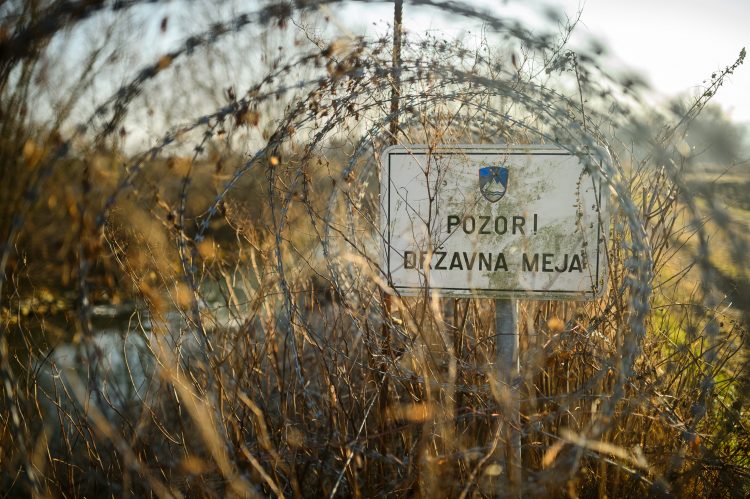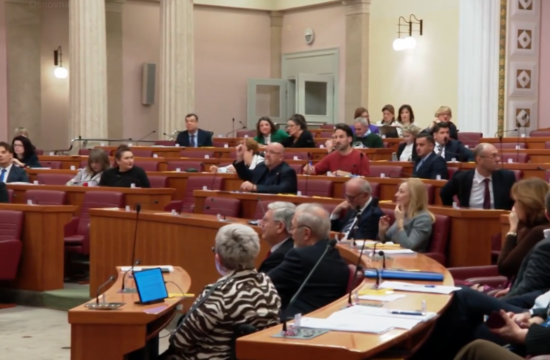
A small unit of the Slovenian army on Friday started removing the anti-migrant wire fence on the Slovenian side of the border with Croatia near the small border crossing Vivodina-Krmacina and the town of Metlika.
Slovenia’s Interior Minister Tatjana Bobnar attended the removal of the fence, saying that it had great symbolic meaning.
Bobnar said that the removal of anti-migrant barriers, which Prime Minister Robert Golob described as inhumane and as not serving the purpose for which they were set up, is a sign of a change in the new government’s policy towards migrants and refugees, as it has committed to the highest respect for human rights and speeding up the processing of asylum requests.
She added that around 51 kilometres of razor wire currently exists on the border with Croatia, that the army can remove 150 to 200 meters per day, and estimates that it will take at least 150 working days to remove.
“Our intention is to first remove the wire fence” and then to “gradually remove” the metal panel fence, in cooperation with local communities, she said.
About €2.5 million has been allocated to have the panel fence removed, she added.
According to data recently published by Slovenia’s Interior Ministry, a total of 135,372 meters of panel fence and 60,595 meters of razor wire were erected on the border with Croatia. The wire fences were installed at the end of 2015 by the then Slovenian government, led by Miro Cerar, due to fears of the migrant crisis at the time.
The expansion of the initial anti-immigrant barriers after Cerar’s government continued by succeeding governments. The razor wire fence was later gradually replaced with less hazardous panel fencing.
In September last year, the government of former Prime Minister Janez Jansa donated about 40 kilometres of anti-migrant barriers to Lithuania from its stockpiles so that it could more effectively protect the 508-kilometre-long land border with Belarus. At that time, Lithuania was experiencing an uncontrolled influx of refugees who were deliberately sent across the border towards the West by the regime of Belarusian President Lukashenko.





Kakvo je tvoje mišljenje o ovome?
Budi prvi koji će ostaviti komentar!